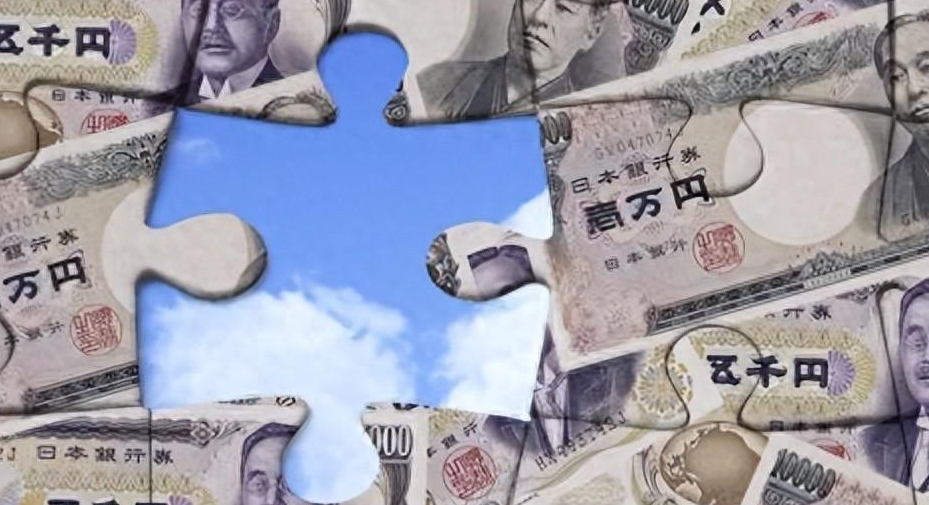Bank of Japan Delivers Expected 25 Basis Point Rate Hike
Advertisements
The Bank of Japan (BOJ) has made headlines recently with its decision to raise interest rates, marking a significant shift in the country's monetary policy. For the first time since 2007, the BOJ has increased its benchmark interest rate by 25 basis points, bringing it up to 0.50%. This move is especially noteworthy as it comes after a series of economic challenges and the fluctuating value of the Japanese yen.
The implications of this rate hike are profound. The decision, passed with a vote of 8 to 1, showcases a clear intent from the BOJ to combat the economic pressures that have been affecting the Japanese economy. The lone dissenting voice, committee member Toyoaki Nakamura, argues that the bank should first assess the economic landscape and company profitability before proceeding with further hikes. His concerns reflect a larger hesitance within the committee about the pace and impact of policy changes. After all, higher interest rates could lead to increased financing costs for businesses, potentially stalling economic growth if corporate profitability does not keep pace.
Interestingly, the BOJ's recent policy statement hinted at future increases should economic indicators align as expected. This is a bold assertion given the backdrop of a historically low-interest rate environment that Japan has maintained for years. The bank’s assurances of relative stability in global financial markets bolster its confidence in pursuing such steps in the future, even as they remain cautious about the consequences that instability might herald.
In the latest quarterly economic outlook report, the BOJ revised its inflation forecasts upward, driven by an expected growth in wages. This anticipatory optimism reflects their broader strategy to foster a sustainable inflation target that can stimulate wage growth and consumer spending, creating a positive feedback loop for the economy. Recent statistics showed Japan’s core Consumer Price Index (CPI) rising at its fastest annual rate in 16 months, which offers tangible evidence that inflationary pressures are becoming more pronounced.
However, the path forward is riddled with uncertainty. Official statements from the Bank of Japan imply a continuous vigilance regarding trends that affect both the domestic economy and the broader global financial ecosystem. The precarious nature of exchange rates, particularly the yen, adds another dimension to their strategic calculations, as the dollar remains strong due to increasing interest rates from the Federal Reserve. The existing disparity between the monetary policies of Japan and the United States creates significant volatility in foreign exchange markets, particularly affecting the yen.
Finance experts like Vincent Chung from Invesco have mentioned that the BOJ's future interest rate hikes could unfold as a series of gradual increases, possibly reaching 1% by year-end. This would mark a distinct transition in Japan's approach to monetary policy, intersecting with market expectations and external economic conditions. However, Chung notes that major interventions to stabilize the yen, reminiscent of actions taken in 2022 and prior during significant fluctuations, are less likely under current circumstances, highlighting a change in strategy by the BOJ.

Market observers recall the dramatic swings in the dollar-yen exchange rate, especially when the dollar soared to its highest point against the yen since 1986 in July last year, reaching a staggering 161.96. The Japanese government then intervened, spending approximately 5.53 trillion yen—equivalent to around 368 billion dollars—to support the waning value of the yen. This aggressive strategy indicates the seriousness with which Japanese authorities are treating currency stability, and yet the past interventions also bring forth questions about the sustainability of such approaches in the long term.
Compounding these dynamics, American inflation trends are also projected to rise in latter quarters, coupled with sustained economic growth. Such scenarios may exert upward pressure on US Treasury yields, strengthening the dollar and subsequently placing further pressure on the yen. Thus, the interaction between Japan’s interest rate strategies and international economic conditions remains critical and complex.
As we observe the evolving landscape, another noteworthy event occurred recently when BOJ Governor Kazuo Ueda conducted a press conference, drawing significant attention from market participants eagerly awaiting insights into future interest rate trajectories. With his remarks likely to shape not only investor decisions and market transactions but also the broader structure of the global economy, the stakes are high. Analysts and investors alike are left contemplating the longer-term ramifications of such policy shifts as they navigate their strategies in a landscape of shifting monetary conditions.
In conclusion, the BOJ's recent actions symbolize a crucial turning point for Japan as it works through various economic headwinds and repositions itself on the global financial stage. While the decision to increase interest rates signals confidence in the economic recovery, it also raises questions about the balance needed to support sustained growth without stifling it. The coming months will be pivotal as stakeholders monitor the effects of these policies—both domestically and internationally—balancing the need for economic strength against the potential risks that accompany rapid monetary adjustments. As the world watches, the effectiveness of Japan's renewed focus on monetary policy will come under scrutiny, with implications extending far beyond its borders.
Post Comment